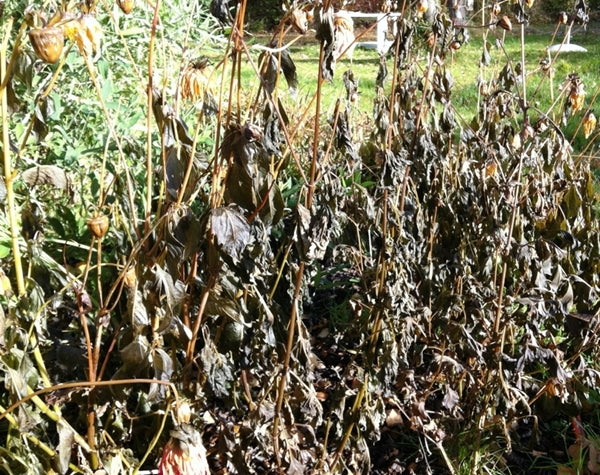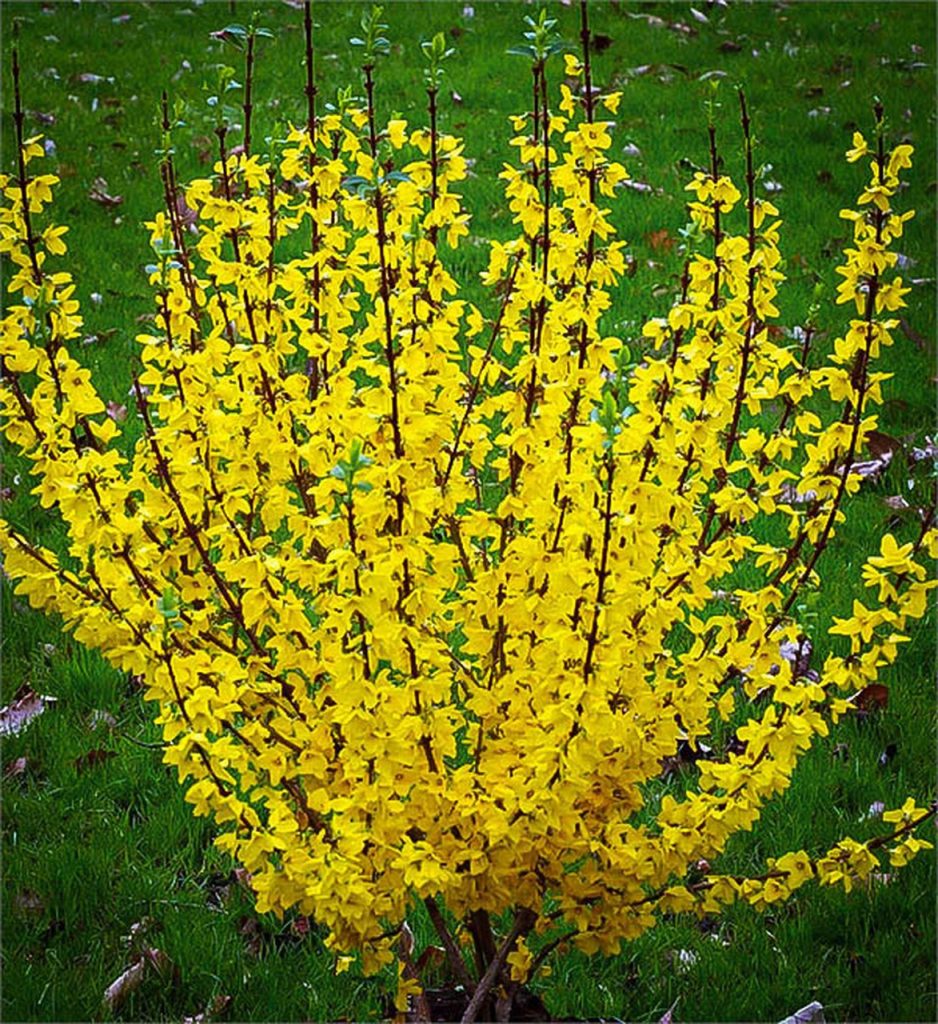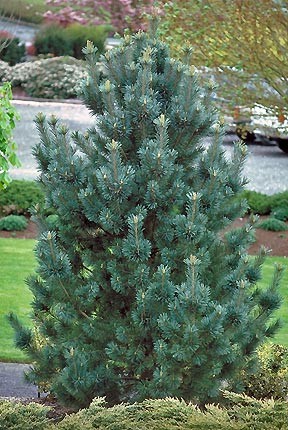By Ken Lain, the mountain gardener
Those new to the four seasons of Northern Arizona: Autumn is a time of intense transition in the yard. Leaves fall off deciduous trees, and flowering perennials bloom one last time before fading underground until spring. This is when evergreens are most noticeable in the landscape.

Desert gardeners new to four-seasons are bewildered by their garden. Why do mountain plants hibernate, and what does it mean?
In garden terms, ‘dormancy’ refers to a perennial plant’s state of temporary metabolic inactivity or minimal activity. Plants go dormant in response to adverse growing conditions, such as the colder months of December through February. Grass lawns go dormant during periods of intense heat or drought in summer. It’s important to remember that perennials don’t die during this period rather in a state of suspended animation. While the outer leaves and above-ground foliage may die back, life still lurks in the plant’s core.

Spring blooming plants such as Forsythia, Lilac, Azalia, and Camellia need this winter season to rest. It requires a tremendous amount of energy to create such fragrance and beauty. These spring bloomers take advantage of Winter to form their spring flowers.
If you’re unsure which of your garden plants are annual or perennial, stick an irrigation flag or popsicle stick in the ground marking your dormant plants. Next spring, you will quickly find out which plants decided to rest through Winter and which plants died ultimately as an annual!
Plants stop growing and conserve energy during this period of dormancy until the right growing conditions present themselves in spring. This happens naturally as the seasons and weather change. This change can also be provoked artificially.
We force many perennials into bloom before their natural bloom cycle. By tricking the plants into flower, we enjoy them out of season for particular holidays. Tulip and daffodil bulbs are artificially chilled, sending them into dormancy, then brought out of inactivity at the desired time and forced to flower, say Valentine’s Day. The same technique is employed for holiday Easter lilies, poinsettias, and Christmas cactus.
This week we forced cyclamens and ornamental peppers to flower for Watters’ winter plant shop. This process is positively unnatural for living plants but fun for gardeners who enjoy them through the winter months.
Outside perennial gardens are in danger should plants break dormancy too soon. Many perennials are lost when an unseasonably warm cycle causes plants to send up new growth and subsequently killed back to the ground when the weather turns cold again. It is recommended that gardens be insulated by a 3-inch layer of Premium Mulch as protection against this thaw-freeze cycle that kills perennials in spring.

Not all plants are bothered by this winter cycle. A new crop of evergreens, spruce, and pine just arrived for the winter planting season. Each can easily be planted even on the coldest days with great success. Many are exceptionally large and heavy. You might consider having the larger specimen trees planted for you. Even this week, I had Watters planting crew install a new pine tree in my own yard. Tree planting is back-breaking work.
2021 Garden Classes are just announced. Each hour-long class is held in Watters largest greenhouse every Saturday at 9:30.
January 16 – Happy, Healthy Houseplants with Professional Style
January 23 – Top Local Landscapes with Flare
January 30 – Why January is the Month to Plant Wildflowers
Until we are out of this COVID crisis, Watters will also live stream each class through our Facebook page at FB.com/WattersGardenCenter, same time just on your screen.
Until next week, I’ll be helping local gardeners choose just the right winter plants here at Watters Garden Center.
Ken Lain can be found throughout the week at Watters Garden Center, 1815 W. Iron Springs Rd in Prescott, or contacted through his web site at WattersGardenCenter.com or Top10Plants.com.

